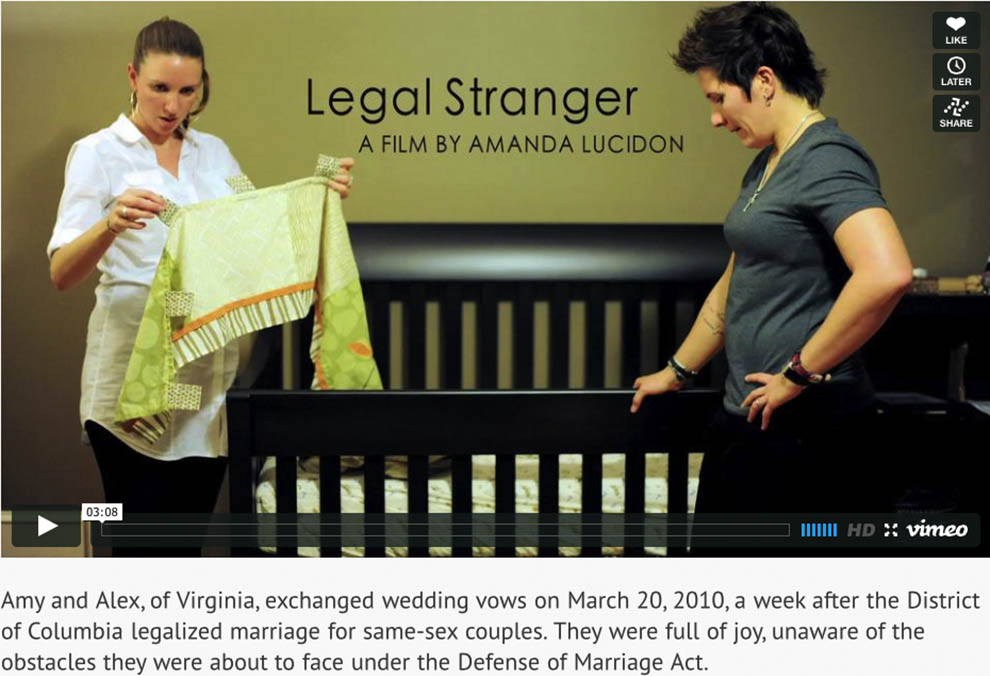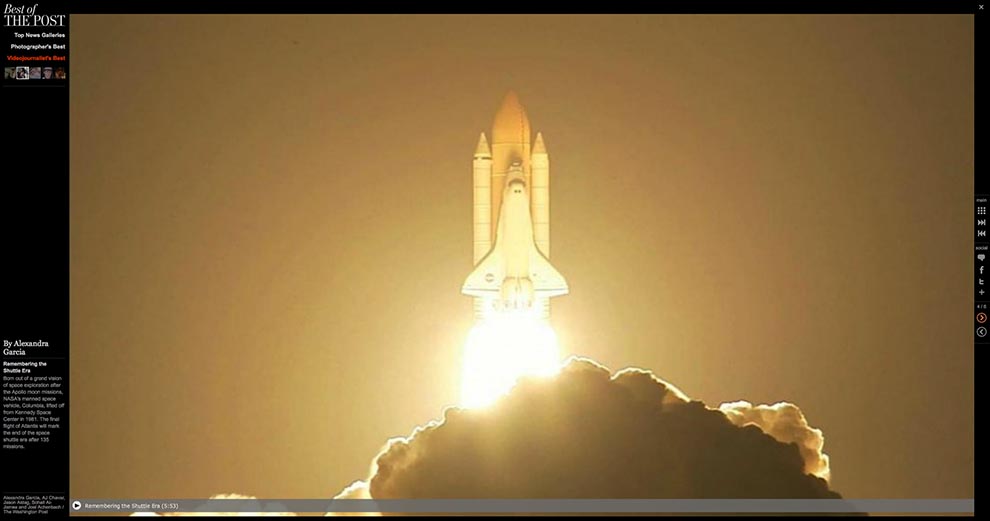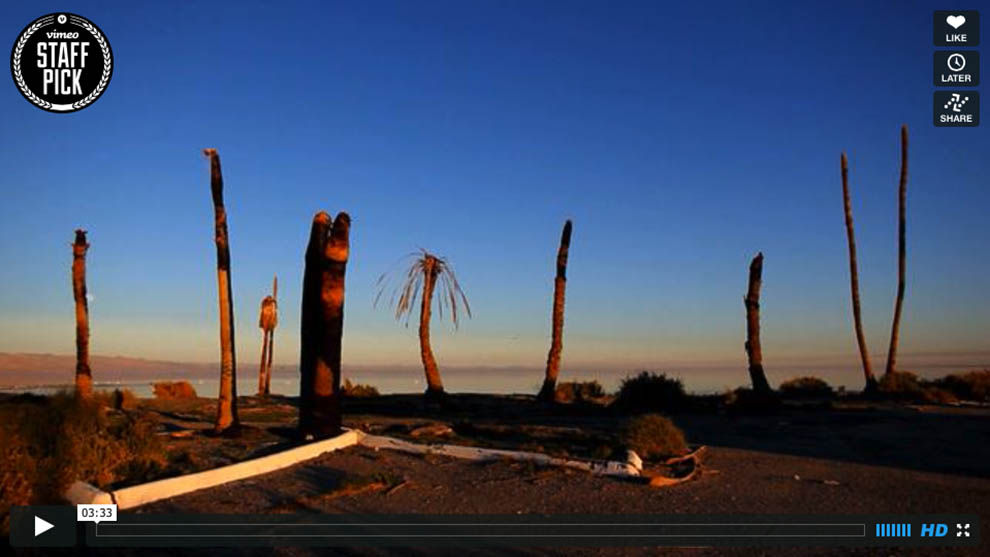This category recognizes the art of innovation and experimentation in a single piece, a series or a multimedia package. The use of multiple media in the entry is allowed.
First Place
[row] [column size=”1/3″] The Legal Stanger ProjectAmanda Lucidon, Director/Producer
Scott Anger, Project Manager/Co-Producer
[/column] [column size=”2/3″] The Legal Stranger Project: With fewer staff positions, a shrinking news hole and tight budgets, there aren’t many outlets for freelance documentary work. So we’ve created our own. With a $35 template, a dedicated team, and multiple forms of content, viewers can explore the stories of same-sex couples who’ve been impacted by DOMA.
URLs considered for The Legal Stranger Project:
Legal Stanger, My Two Moms, Until Death Do Us Part, Latest News, Share Your Story [/column] [/row]
Comments:
Wise: I like Legal Strangers for the innovative in it’s use of crowdsourcing/funding to buck the system. Video diaries create conversation; its not a talk-down thing, it’s a conversation with the audience. That’s interactive. I wish they had spent more on the template, at least the logo. Get the colors to be in harmony (with the template.) Legal Stranger is not innovative in terms of gadgets, but in seeking new ways to share the story. Innovation on several different levels.
Baylen: I like how they pull out moments within the story.
Second Place
[row] [column size=”1/3″] The Washington PostAlexandra Garcia, Producer, Main Editor
AJ Chavar, Videojournalist, Editor
Jason Aldag, Producer
Joel Achenbach, Reporter
Sohail al-Jamea, Motion Graphics
[/column] [column size=”2/3″] Remembering the Shuttle Era: This piece mixes 3D modeling, a motion graphics timeline, historical video footage, photography and video for a look back at the 30-year shuttle program. Born out of a grand vision of space exploration after the Apollo moon missions, NASA’s manned space vehicle, Columbia, lifted off from Kennedy Space Center in 1981. The final flight of Atlantis will mark the end of the space shuttle era after 135 missions.
[/column] [/row]
Comments:
Baylen: I like the approach of Remembering the Shuttle and District Nights. To use cinematic approaches, the legacy of other formats is brought into the journalism world.
Third Place
[row] [column size=”1/3″] Jim Lo Scalzo[/column] [column size=”2/3″] America’s Dead Sea: In the desert of southern California sits one of the worst environmental sites in America, a former tourist destination that has turned into a toxic soup: the Salton Sea.
[/column] [/row]
Comments
Baylen: I like that neither piece is literal (Legal Stranger Project and America’s Dead Sea). I’m drawn to story first and foremost, and the story behind Dead Sea is frightening. I want to reward people who feel their stories, and this photographer seems to have approached it with concern.
Wise: The more I think about innovation, the more I see it here. Subtle, but effective.
Award of Excellence
[row] [column size=”1/3″] The Washington PostWhitney Shefte, video journalist/reporter/producer
Grace Koeber, interactive designer
J. Freedom du Lac, reporter
Sarah Sampsel, Art Direction
Anup Kaphle, Interactive producer
TJ Ortenzi, community producer
Cory Haik, executive producer
[/column] [column size=”2/3″] The Age of 9/11: How old were you when the planes struck the World Trade Center? And where were you? And where are you now — 10 years older, 10 years after the attacks? These and similar questions are ones The Post has explored around the 10th anniversary of Sept. 11. The powerful reflections are presented as a multimedia report broken down by age — age being an important facet forming the individualized prisms through which we all view 9/11 and its effects on our lives and views..
[/column] [/row]
Comments
The fragmentation approach is interesting, perhaps innovative. Not wholly new ideas but the way they are arranged is new. But navigating it ‘just felt like work.’
What I like about these pieces is that they took outtakes and gave the viewer access to that information if they wanted it. As a content creator its nice to say there is value in whats on the cutting room floor, and be able to give people access to it without it interfering with the main story.
Award of Excellence
[row] [column size=”1/3″] The Washington TimesDrew Geraci
[/column] [column size=”2/3″] District Nights: Washington, D.C., is an amazing city that is host to some of the most iconic and memorable landmarks in the world. This time-lapse production was created to showcase those landmarks and all of their majestic beauty at night.
[/column] [/row]
Comments:
Wise: I like the use of motion dollies and realizing other tools are in the kit to use. This is not innovative of itself, but you don’t see it on the nightly news. This makes me want to use this tool in a piece with content. I think it does give a different perspective on the city. I do want more, and want to see the tools used better. Use the dolly to connect from one scene to another, here it’s more of a sketch. But I am hanging on the idea of forward thinking.
Yurman: I would have liked to see District Nights do something besides setting the time-lapse to it to music. I would have liked it to tell a story.





